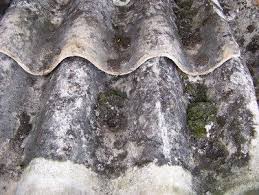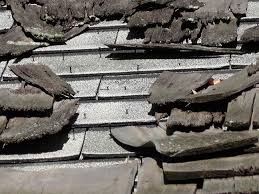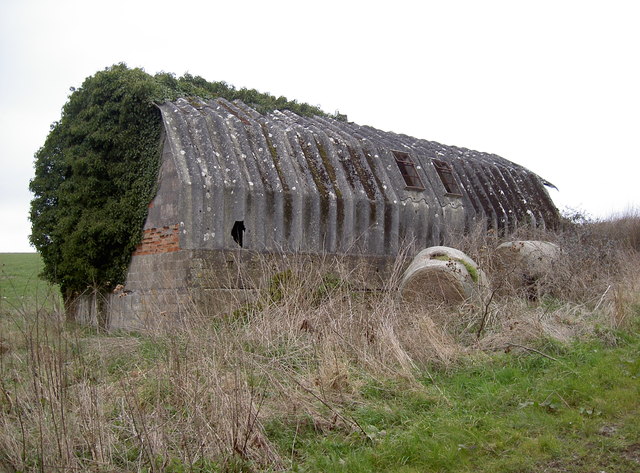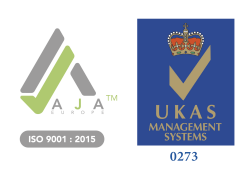Asbestos: The risks
ASBESTOS: THE RISKS
It’s no longer used in the UK, but asbestos has left a deadly legacy, claiming the lives of over 5,000 people each year – even though it was banned nearly two decades ago. As a tradesman do you know the dangers of working with asbestos - would you know it if you saw it? As an employer or building owner are you aware of your duties in managing asbestos? Every day tradesmen face the very real risk of contact with asbestos. Builders, joiners, electricians, plumbers and maintenance workers are in danger from this hidden killer; it may be present in any building constructed or refurbished before the year 2000. It’s believed that as many as 1.5 million UK buildings have asbestos, including three quarters of schools. Shockingly, a Government report in 2017 found that thousands of schools were failing to follow safety guidelines leaving over a million children potentially exposed to dangerous fibres.

Asbestos only presents a risk if it is disturbed, eg by drilling or cutting, which risks fibres being released into the atmosphere where they are likely to be inhaled. It can take 48-72 hours for asbestos fibres to fall in a still room. As buildings all need repairs and maintenance work occasionally, it’s crucial that workers are trained in how to manage asbestos so they don’t expose themselves to the risk of contracting incurable diseases. Once asbestos dust is inhaled the damage can’t be undone. Illnesses caused by asbestos include mesothelioma, lung cancer and asbestosis. Mesothelioma is terminal and can have a 15-60 year latency period.
A quarter of the deaths caused by asbestos are tradesmen. For many workers it’s too late; they will develop the disease because they have already had exposure to asbestos when it was commonly used prior to being banned in 1999. The Health and Safety Executive embarked on a high-profile campaign ‘Asbestos: The hidden killer’ to educate tradesmen about the risks of asbestos because their research found that many tradesmen thought that because asbestos was banned so many years ago the problem has been dealt with and does not affect them. CAR 2012, The Control of Asbestos Regulations, are there to protect workers in high risk industries. Those with duties to manage asbestos are people who are responsible for repair or maintenance of non-domestic premises or access to them; including employers, self-employed people ad building owners. Asbestos poses such a serious danger that the people “with duties to manage asbestos” are under increasing scrutiny from enforcing authorities, their own staff, and the public, to be compliant with Health and Safety Executive regulations. In a recent case, a Manchester-based businessman was jailed for failing to prevent exposure to asbestos because he did not carry out a survey to check whether asbestos was present in a building he owned before starting major refurbishment works. Following a routine inspection from a Health and Safety Executive (HSE) inspector, a survey was subsequently carried out. Large amounts of asbestos, some of which was in very poor condition, was discovered on the premises. The HSE investigation found that the businessman failed to identify the risks involved and put appropriate measures in place to prevent exposure to asbestos. Having had previous enforcement action from HSE over a similar issue he was well aware of his duties under the law. The businessman pleaded guilty to breaching Regulations 5(a), 11(1)(a) and 16 of the Control of Asbestos Regulations 2012. He was given a six month prison sentence, suspended for two years, sentenced to 250 community service hours and ordered to pay costs of £5,742.14.

So what is asbestos?
Asbestos is a set of six fibrous minerals and is found naturally in the ground. It became very popular in the building industry because it has high heat and chemical resistance.
What does asbestos look like? Would you know it if you saw it?
Asbestos was used in 3,000 different products. One of the most dangerous materials containing high levels of asbestos is sprayed coatings (used in decorative wall and ceiling textures and as insulation on the underside of roofs and sometimes sides of buildings and warehouses). Even minor disturbance of sprayed coatings can release large quantities of asbestos fibres into the air where they can be breathed in.
Other common uses:
* Vinyl flooring
* In attics either as insulation or as insulation around pipes
* Garage roofs (made from asbestos sheets)
* Asbestos cement roof tiles
* Office walls and dividers
* Bathroom and kitchen walls in houses
* Added to plaster and drywall products for a number of benefits including fire proofing and noise absorption
* Toilet cisterns (asbestos resin)
* Behind meters (asbestos insulating board)

‘Blue’ asbestos is the most dangerous as it is harder and more brittle and can break easily, releasing dangerous needle-like fibres that are easily inhaled.
Want to be more asbestos aware? With courses fully approved and accredited, available on the ETD portal for completion online you can be fully trained in asbestos awareness. The courses help protect you and others from asbestos exposure and cover the codes, working practices and regulations that are in place. They will give you and your staff quick but effective training in asbestos awareness, gaining the necessary, life-saving, knowledge when dealing with asbestos materials.







